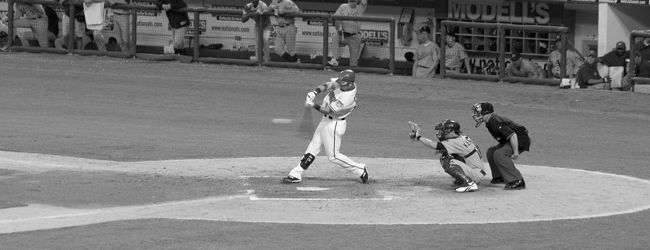
Many athletic movements involve a rotational component. Some examples are swinging a baseball bat, throwing a shot put or delivering a powerful right cross. Muscles of the core include abdominals, lower back, pelvic floor and hips. If you think about it, training rotational movements is essentially training the core. The core is the source of origination when it comes to developing power in rotational movement.
Rotational Power Development Exercises
These exercises improve explosive power in athletes because most athletic movements involve some degree of twisting/stabilization. Think of these rotational exercises as fundamental power movements for the rotational athlete. Ergo, their value in any holistic training program is very high and will prove to be beneficial. As the funnel moves from general to specific as the pre-season and competitive seasons come about these exercises can help maximize power output.
Key Points To Remember
- One must possess sufficient limit strength before implementing rotational exercises. You cannot shoot a cannon out of a canoe. Get down the basics before moving to advanced rotational techniques.
- Training program should progress like a funnel. That is, in a fashion of simple general techniques to more advanced and more sport-specific ones.
- The further the weight is from the mid line of the body, the more difficult.
- Start exercises slow and progress to faster speeds as you gain proficiency. These exercises can be very beneficial, but if performed with poor technique may cause an injury risk.
- Focus on maintaining proper posture during these exercises.
Below are two exercises that are great for building rotational power:








